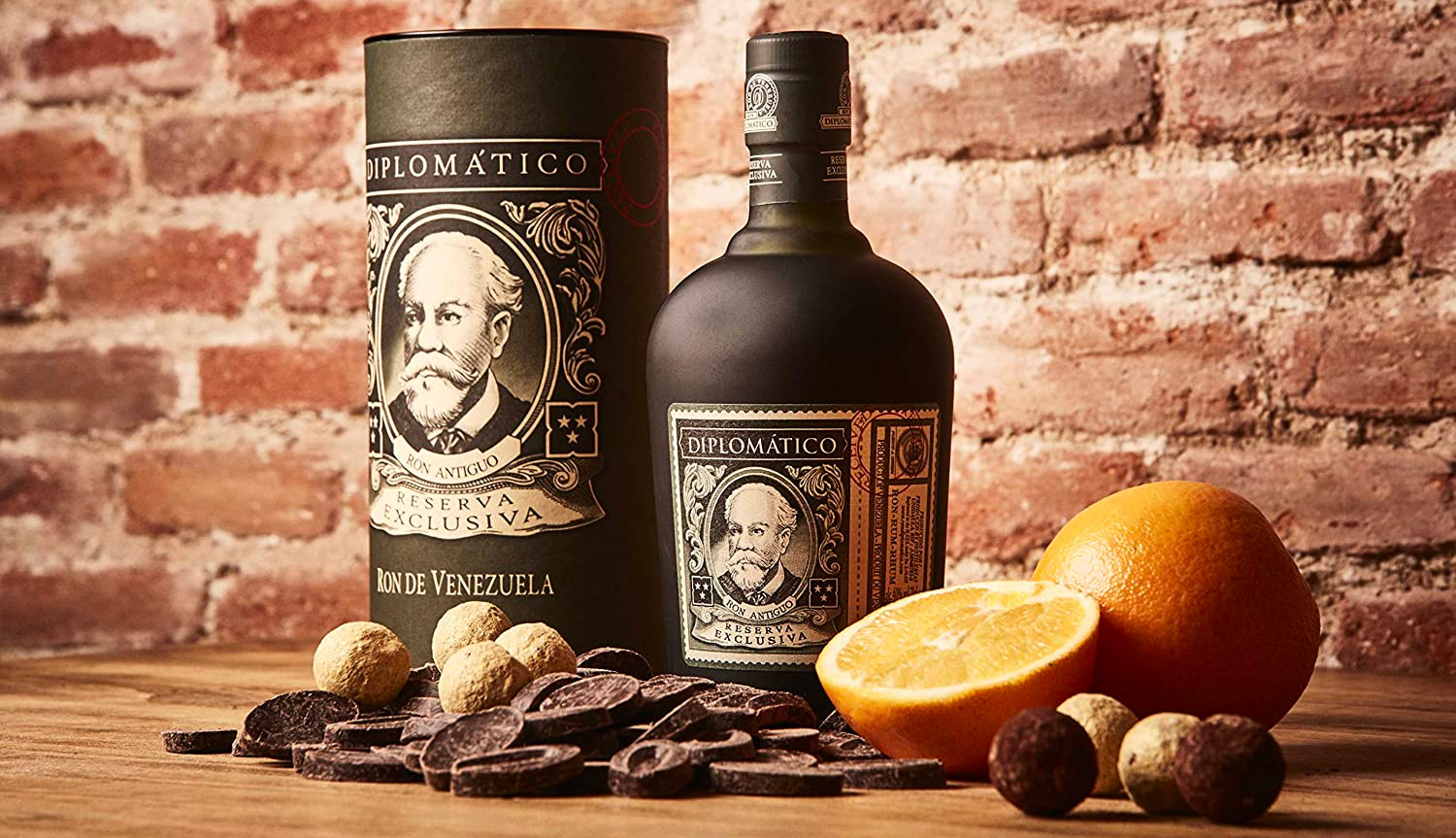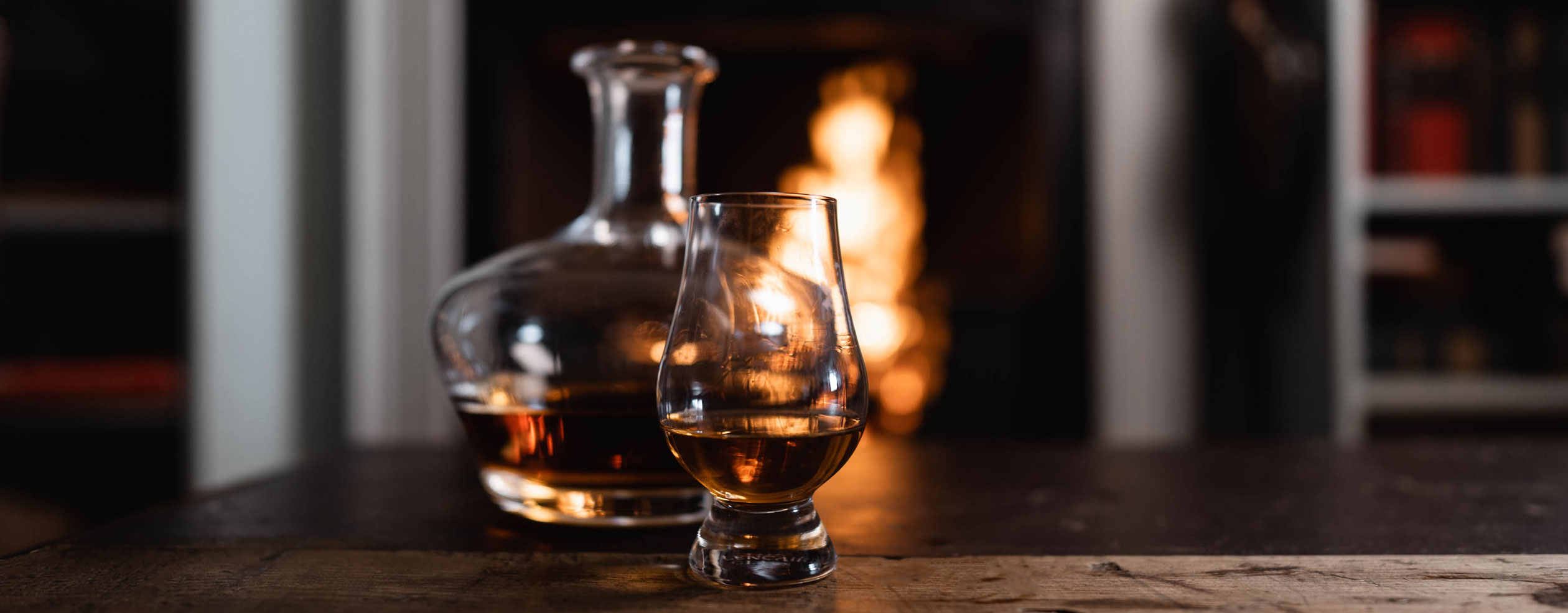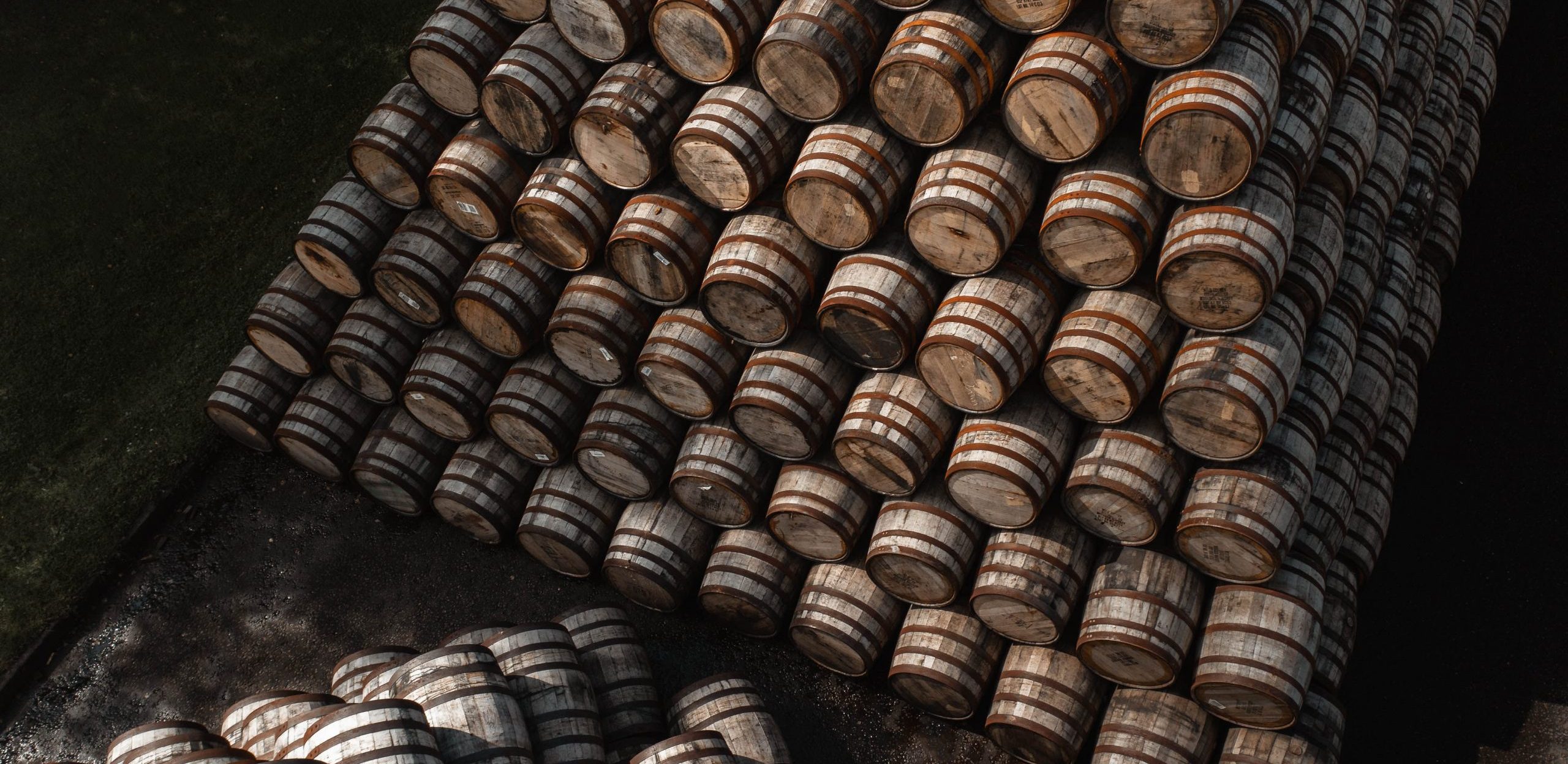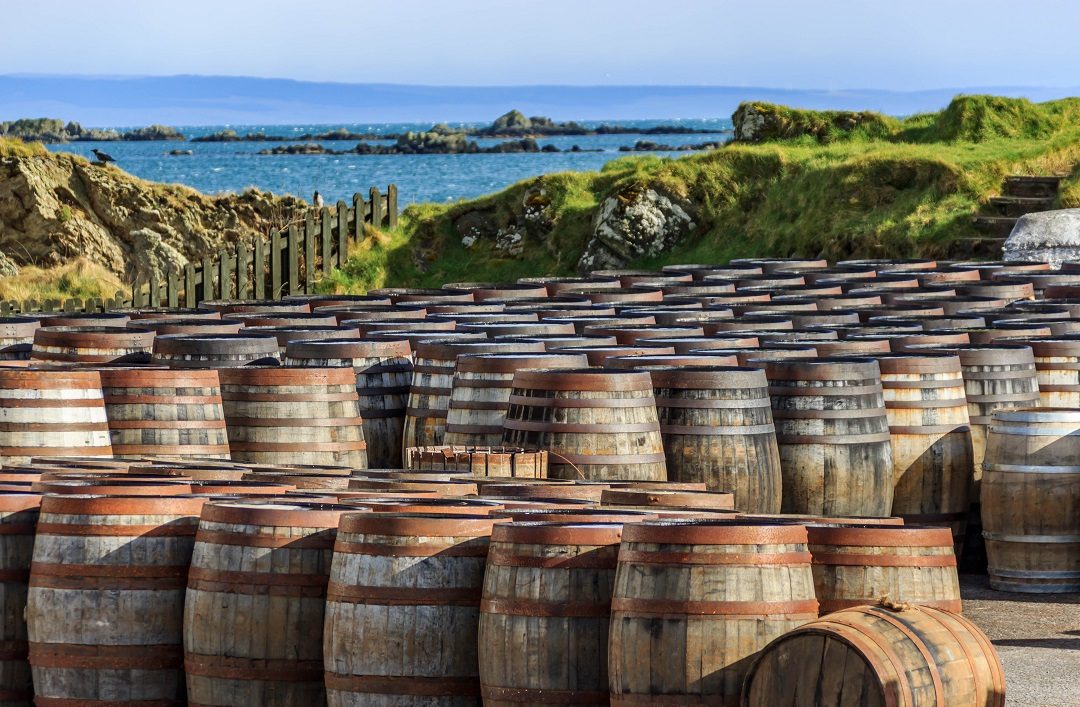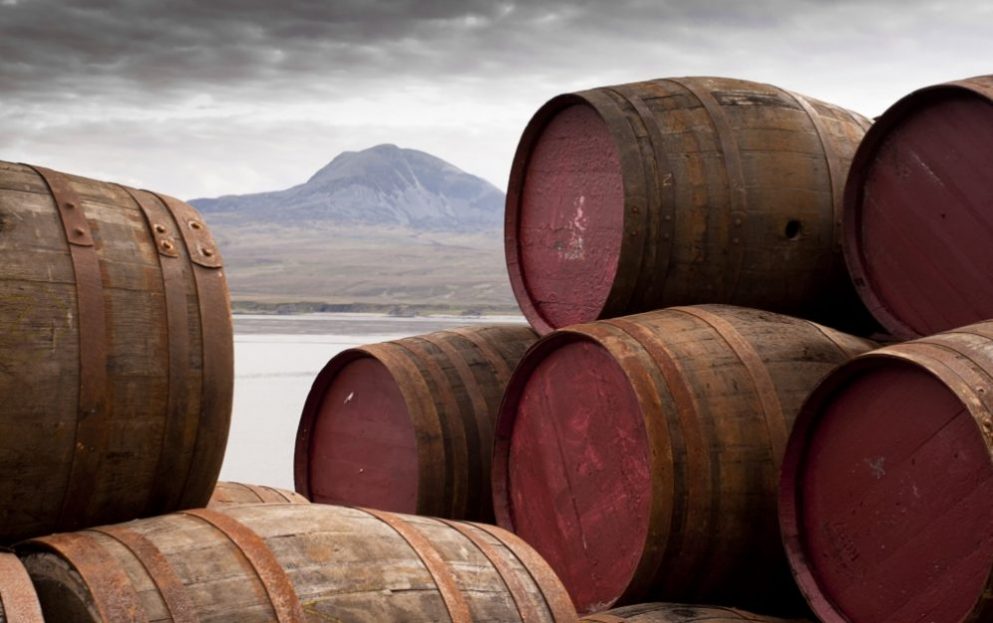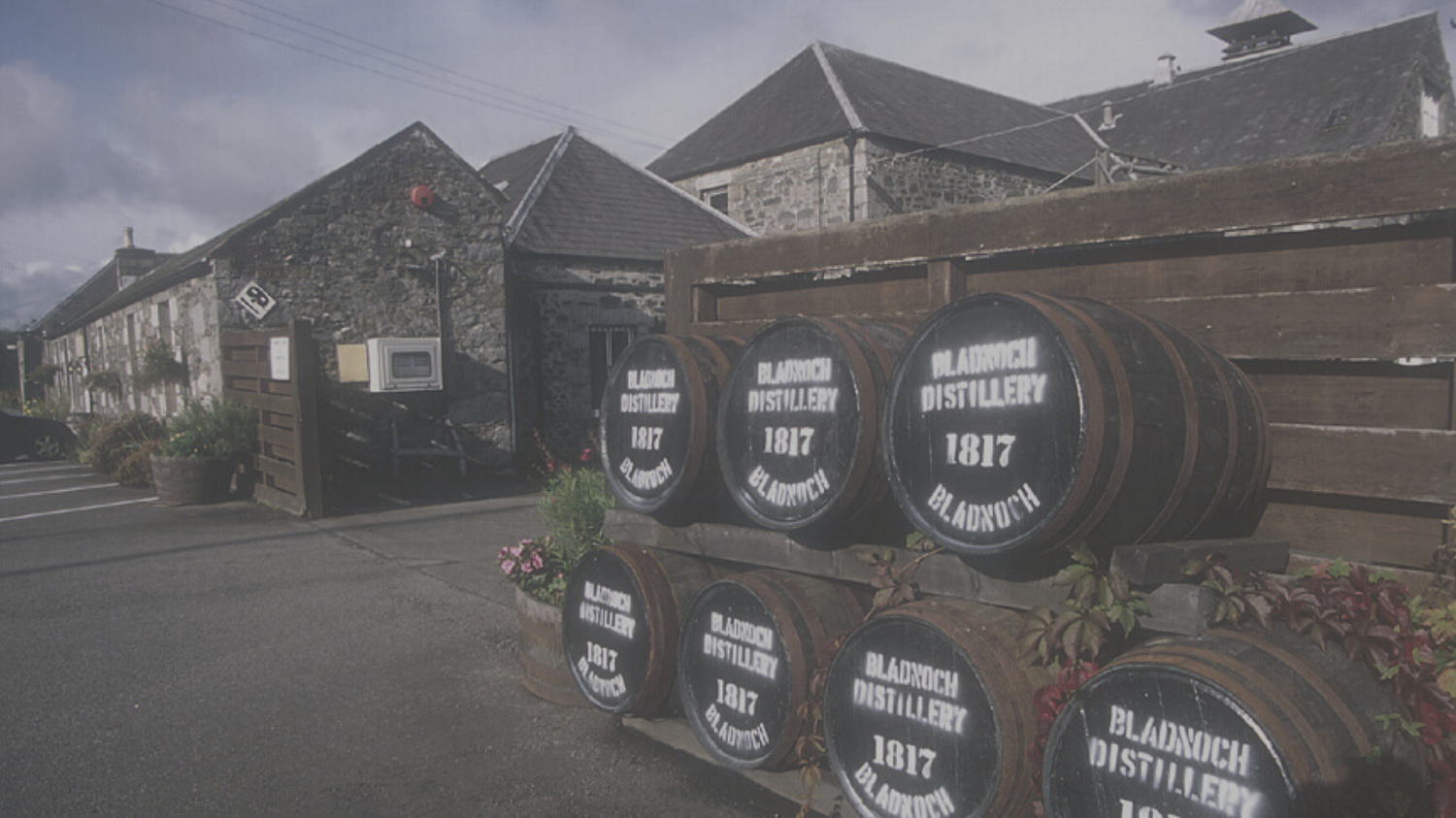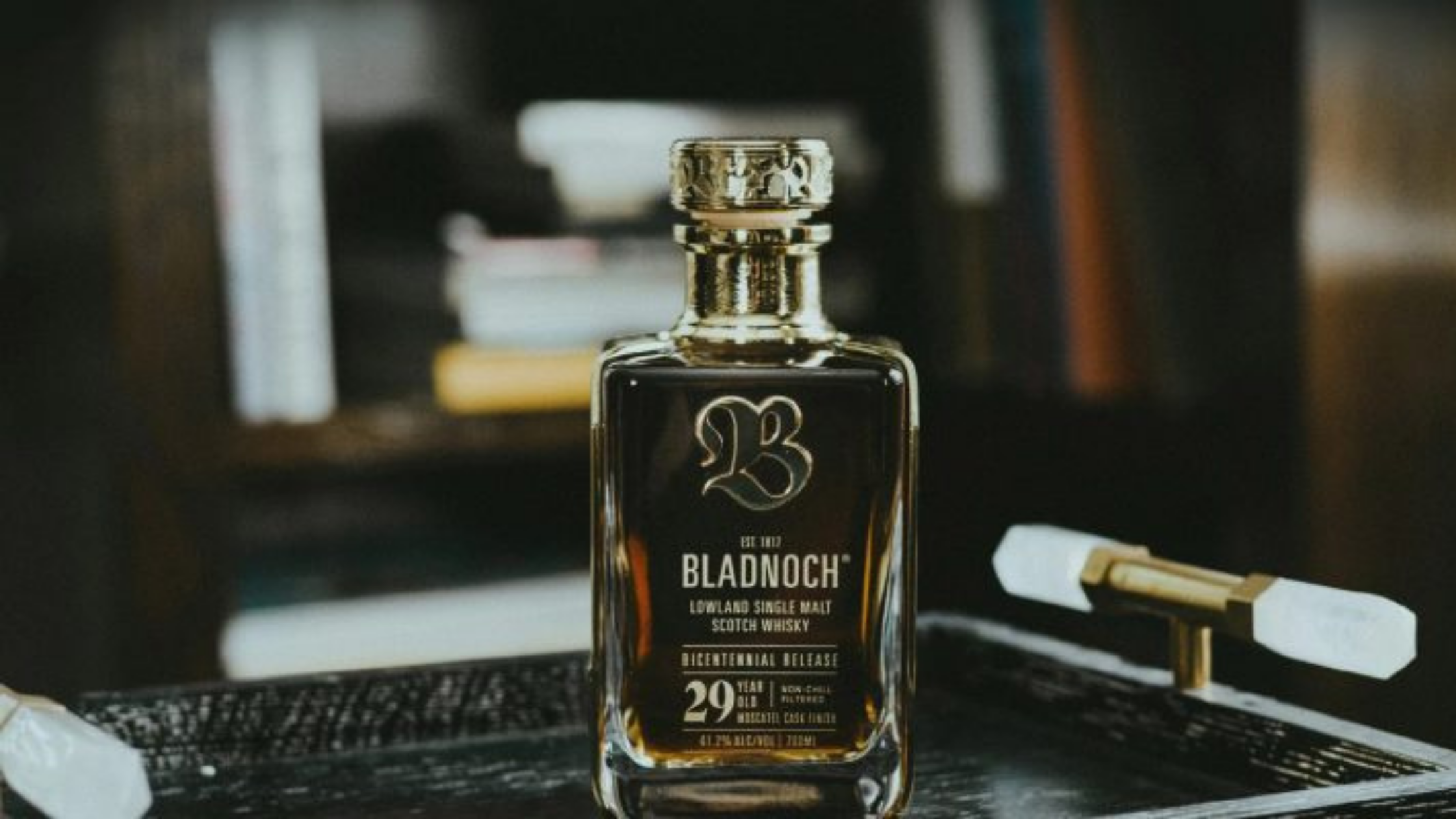Scotch is popular all around the world and even as the impact of Covid-19 restrictions and a US trade tariff impacted the global exports in 2020, it still saw double digit growth in many Asian countries like China, boosted by the country’s swift return to normality.
Japan is another country where the popularity of Scotch remains very high with sales worth £114m, but while exports in China grew by 20% in 2020, they fell by 22% in Japan. This may well be largely due to restrictions on trade and the impact of lockdowns on sales within the country, but there could be another reason.







